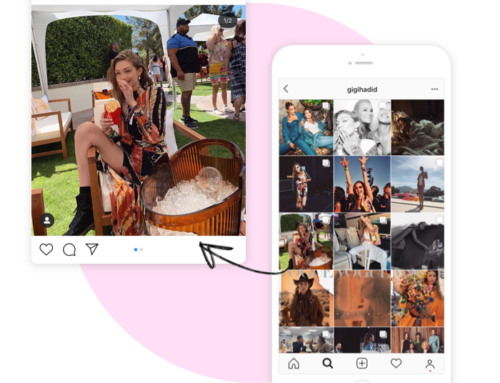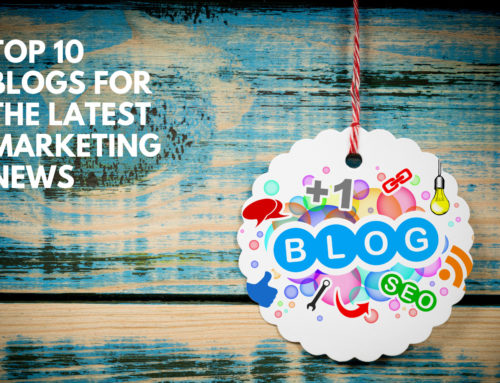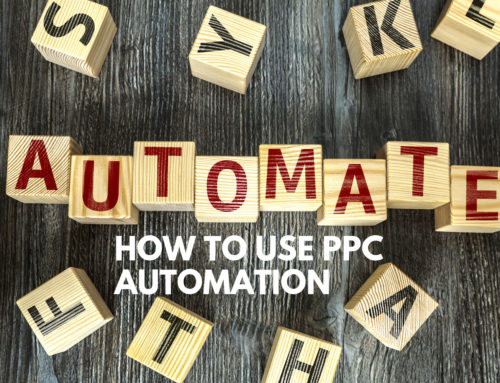It may seem counterintuitive that an entire generation of people – well, two generations, actually – are glued to their phones but despise talking on them. Yet that is exactly what is happening; as smartphone sales skyrocket into the stratosphere, call volumes are dropping as Millennials and Gen Z turn to texting and messaging programs, such as WhatsApp, to communicate with family, friends, and businesses.
This isn’t an anecdotal observation. A 2017 survey by OfCom found that only 15% of 16- to 24-year-olds felt that voice calls were the most important method of communication. Even more startling, a 2016 study discovered that about half of all teenagers would text or send an instant message to a recipient sitting in the same room. With these numbers in mind, it shouldn’t come as a shocker that 88% of Millennials would choose a cell plan with unlimited data over one with unlimited voice.
These young digital natives are known as Generation Mute, and companies that wish to connect with these consumers had better do so through messaging channels.
Why Generation Mute doesn’t want to call your customer service hotline
Let’s face it: Generation Mute has a point about moving away from voice calls and towards digital communication channels. They’re not eschewing phone calls just because they want to be modern or trendy. They’re doing it because there’s nothing great about phone calls, especially business calls, especially calls to customer service hotlines – for either the customer or the business.
Put yourself in the customer’s shoes:
Calling a customer service hotline is annoying. When’s the last time you looked forward to having to call an 800-number and navigate a lengthy, confusing automated menu before getting to talk to a live person? You probably find the prospect of dental surgery more appealing.
Calling a customer service hotline is time-consuming. Let’s not forget how long it takes to navigate that automated menu, then sit on hold waiting for a rep, then have the rep put you on hold at various times throughout the call to look up information or update your account. In between work and family responsibilities, who has time for this?
Calling a customer service hotline is inefficient. The rep must keep looking up things about your account, updating various parts of the system, and possibly querying supervisors. Meanwhile, you must explain your situation or issue from scratch each and every time you call.
Everyone around you knows your business. Customer service hotlines rarely operate effectively 24/7. You’ll probably have to call sometime during the workday if you want good service. This means you will most likely have to call while you’re on the bus or train, at work, or in some other public place. No matter how low you keep your voice, someone is bound to hear, and maybe you don’t want everyone in the world knowing how you spend your money and how much you spend.
SMS & messaging are better for your business
Now imagine contacting a customer support representative using SMS or messaging. You spend a few moments tapping out a message and hit “send.” Then, you go about your day while the rep who got your message looks up your account and gathers the information they need to help you. They send a response, and you read it and respond when it’s convenient for you. No annoying automated menus, no waiting on hold, no explaining and reexplaining your situation, no eavesdroppers snooping into your business.
You can take the customer’s shoes off and put yours back on now. That little exercise was enlightening, wasn’t it? It almost certainly brought back your own bad memories of being stuck calling customer service hotlines. Wouldn’t you rather have just sent an SMS or used a messaging app? No wonder Generation Mute hates phone calls. They’re a horribly inefficient way of conducting business, especially now that digital options are available.
Ditching customer service hotlines for modern digital channels won’t just elevate your brand in the eyes of Generation Mute. It will also enable your organization to offer far superior service to customers across all generations and at a lower cost… Now isn’t that something!





